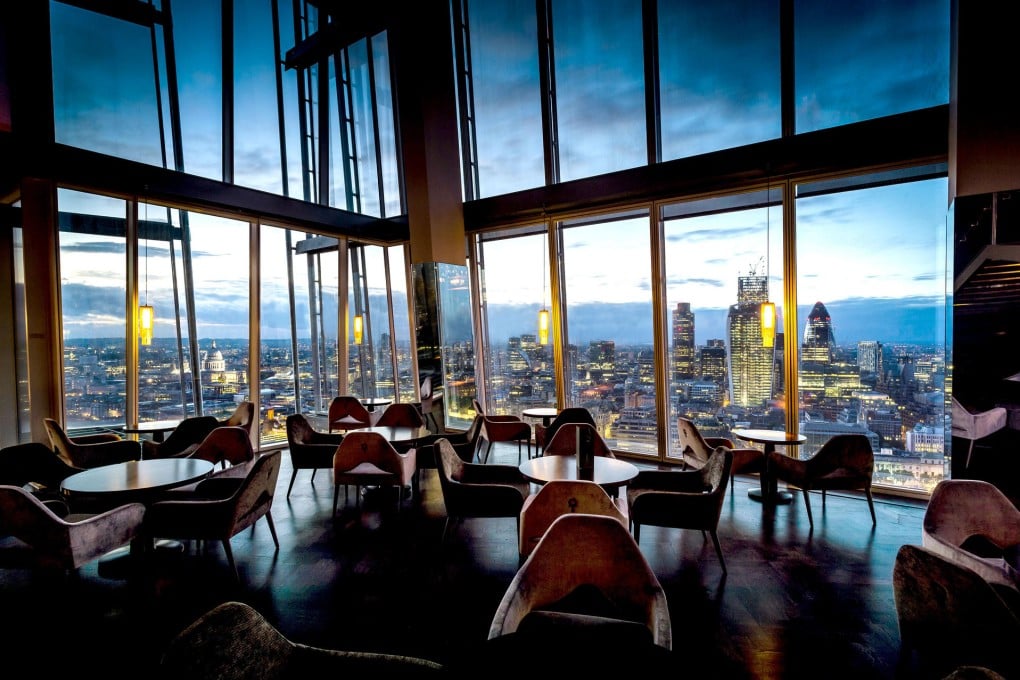David Yeo's Aqua bar flaunts the London skyline
Rising above the London skyline, David Yeo's Aqua Shard offers panoramic views from all angles

Designing a bar and restaurant that stands 150 metres above the ground isn't the most straightforward of tasks. If you overdo the design you risk minimising or obstructing the views; if you under-design the space, the emphasis will be solely on the view.
"The trick is finding a balance," says James Dilley, of London-based design and architecture firm Jestico + Whiles. "It's a question of enhancing the view while not negating the interior space. This was new to us, and it's been guided by David from his experience with restaurants in tall buildings."
He is referring to David Yeo, the Singaporean-born, Hong Kong-based lawyer-turned-restaurateur; the venue is Aqua Shard, a vast, airy bar and 220-seat restaurant recently opened by Yeo in London's 310-metre-tall Shard building. Yeo and Jestico + Whiles designed the venue together.
Yeo knows a thing or two about opening bars and restaurants at a height. Many of his Aqua Restaurant Group's more than 20 venues in Beijing, Hong Kong and London are in skyscrapers. "What you don't want to do with a building of that height is force everybody to put their back against the core of the building and look outwards," he says.
"Often you will then have customers saying, 'I need to have a window seat', and anyone with their back to the view will feel like they are missing out."